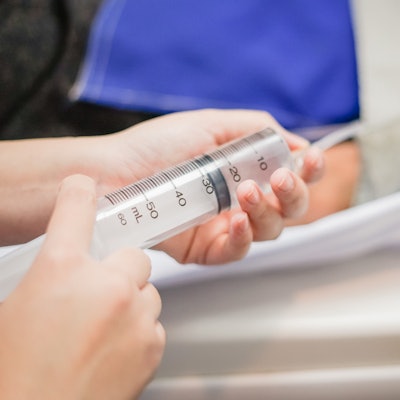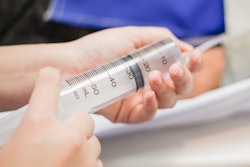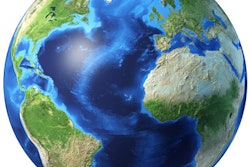
TORONTO - Can the amount of MRI and CT contrast residuals found in hospital wastewater be reduced? Yes, according to preliminary research presented June 2 at the International Society for Magnetic Resonance in Medicine (ISMRM) meeting in Toronto.
The findings were part of a poster session for the International Society of MRI Radiographers & Technologists (ISMRT) and were presented by Moreno Zanardo, PhD, of the Università degli Studi di Milano in Italy. A new study called Greenwater will monitor over a 12-month period the quantity of retrievable iodinated (ICAs) and gadolinium-based contrast agents (GBCAs) from urine collected from outpatients within an hour from contrast agent administration.
Both GBCAs and ICAs are eliminated from patients' bodies through the urine and are not metabolized; their excretion after intravenous administration in patients undergoing CT or MRI exams could allow for recovery of the contrast waste via collecting patients' urine and its disposal in an intentional way.
"ICAs and GBCAs relatively rapid excretion profile after intravenous administration in humans could allow for a considerable recovery by specific targeting of hospital sewage, for example if outpatients being administered ICAs or GBCAs could be kept in the facility long enough to allow for the urinary excretion of a sizable quantity of these contrast agents in monitored sewers," the group noted in its poster abstract.
The team conducted an initial phase of the study that included 130 adult patients who underwent contrast-enhanced MRI or a contrast-enhanced CT for any reason. Participants had to be willing to stay 60 minutes after the exam to provide the urine sample (collected in designated canisters). The researchers quantified urinary iodine and gadolinium using spectroscopy and also assessed patients' "environmental awareness" about the environmental impact of ICAs and GBCAs.
Of the total patient cohort for this initial phase of the project, 74 underwent MR and 56 CT imaging. Most of these patients (45%) were referred to imaging for cardiac indications, while 36% were referred for neurological workup and 18% for other reasons. Median volume of gadolinium injected per patient was 1.2 mol, median volume of iodine was 22.2 g, and median volume of urine collected was 100 mL.
The group found that GBCA waste recovered per patient through urine was 13.9% of the total fluid; ICA waste recovered was 53.3%.
Zanardo's group reported that patients' acceptance rate for participating in the study was high, over 90%, "indicating a high ... 'green' awareness and interest for a sustainable radiology," it noted.
"Urine samples displayed sufficient volumes to allow patient-by-patients analyses for building a model to predict the amount of iodine and gadolinium retrievable using this approach," the investigators wrote.
Zanardo and colleagues also published their study results May 4 in European Radiology Experimental.
Disclaimer: The study is funded by Bracco Imaging.



















